Dear Readers,
Like this previous chapter, this chapter is too is a guest chapter. We are honoured to have this super important chapter authored by Shyam, who runs Stockviz. We are grateful to Shyam for sharing his wisdom on this topic with us. We hope he can contribute more to Varsity, and enrich Varsity’s content 🙂
Happy reading!
Karthik Rangappa.
28.1 – Asset Allocation, an Introduction
An asset is anything that you own. A liability is something that you owe.
An asset can be anything: livestock, gold, stocks, bonds, collectables, art, copyrights, trademarks, and so and so forth.
Some assets (bonds, for example) throw-off cash (pay interest) when you own them, some (art, for example) don’t. The basic purpose of owning an asset is to transmit wealth through time.
Time value of money
Money, in the form of currency, is designed to depreciate over time. Central Banks call this rate of depreciation their “inflation target.” For example, when the US Fed says that they are targeting 2% inflation, the purchasing power of a $100 note will be $98 next year. In India, RBI’s goal is to manage inflation between 4% and 6%. We ended the year 2020 with an inflation rate of close to 7%. Clearly, stuffing money under a mattress is a loser’s game. So, how do you preserve the purchasing power of your wealth? You buy assets, of course.
Different type of assets
Precious Metals
Since the dawn of civilization, people have been trying to find cost-effective ways to store, transport and exchange wealth. It took a while for us to zero-in on gold and silver as a medium of exchange and a store of wealth:
- They are rare, ensuring a limited supply.
- Takes work to mine, purify, mould, etc. This puts a floor on additional supply.
- Easily understood, measured and assayed.
- Sufficiently dense so that small quantities representing large notional values can be moved around easily.
So, it shouldn’t come to a surprise that most people still think of gold (and precious metals, in general) as a must-have asset. Investors instinctively reach for gold when other assets are facing stress. And for savers in countries with a long history of socialism with their governments trying to confiscate property and inflate away their currencies, gold forms a large part of their savings.
Real-estate
Broadly, real-estate investing covers land speculation, rental-housing and commercial property. They each have their unique characteristics and scale requirements. Each piece of real-estate is different – they are not fungible, like precious metals, nor can they be transported. So every real-estate investor’s experience will be different.
Collectables
Well, known pieces of art, baseball cards, stamps, rare-coins etc. are known to hold their value through time. A mature ecosystem of services that curate, authenticate, promote and store collectables exists to make investing in them relatively painless.
Over the last decade or so, we have seen the rise of digital collectables, like bitcoin. They have the added benefit of being infinitely divisible. To use the bitcoin example, even though a single bitcoin is currently worth north of $40,000, a newbie can buy just $10 worth of it.
Financial Assets
Assets that can be traded on an exchange, like stocks, bonds, commodities, etc. benefit from standardization and the uniform application of laws and regulations. Standardization ensures that investors always get what they paid for and regulations ensure that the exchange doesn’t favour one investor over another while disseminating information, clearing trades, etc.
The most liquid and popular of these assets are stocks/equities, the largest are bonds/fixed-income. Commodities come a close third. Overlaid on top of these are derivatives – instruments that derive their value from an underlying stock/bond/commodity – that are now a bigger market than the assets themselves.
Since the 1980s, the number of different asset types traded on electronic exchanges has increased by leaps and bounds. Assets that were once illiquid because of physical delivery requirements or geographical barriers have seen an explosion of liquidity as they are now traded through derivatives and ETFs.
28.2 – Allocation
The act of splitting one’s savings between the different types of assets described above is called “asset allocation.”
Prediction is impossible
If you knew which of the assets discussed above would give the best returns, then you could just put all your money in that single asset. But unfortunately, no one knows the answer to that question.
For example, take US and Indian stocks. For the decade between 2001 and 2011, Indian stocks massively out-performed US stocks.
But performance completely inverted in the next decade.
Who knows what is going to happen in the next 10 years?
Once prices start moving, narratives get built around why they are justified and persist forever. The longer the price move, the stronger the narratives. Remember “India shining,” “secular stagnation,” “home prices always go up?”
The only way to protect yourself from decades of underperformance without having to predict is to buy a little bit of all assets.
28.3 – Sequence Risk
An average investor rarely sees average returns.
Markets have been around for centuries, but an investment’s lifespan is not more than a few decades. This leads to all sorts of misconceptions regarding averages and risk capacity.
Investor: On average, over the last 20 years, the NIFTY has given a CAGR of 10%. So, if I invest Rs 1 lakh for 5 years, I should get at least Rs 1.61 lakhs, no?
Me: No. Consider yourself lucky if you don’t lose money.
Investor: But it has given negative returns only 4 years out of 10. I can survive 2 years of negative returns.
Me: Let me tell you something about sequence risk. Sequence risk means that it is possible that you could have all of those negative 4 years during the 5 year period that you have invested.
Most investors don’t realize that while averages may be true in the aggregate, they may not survive long enough in the market for their personal experience to match up with the statistics.
A simple way to avoid this risk is to invest in a basket of assets whose returns are not correlated to each other.
28.4 – Diversification vs Diworsification
A basket with chicken eggs, turkey eggs, goose eggs, quail eggs, pheasant eggs and emu eggs is theoretically diversified but practically useless when the basket is dropped.
To create a diversified portfolio, you need first to understand the drivers behind each asset class’s returns and how they interact with each other.
Vectors of diversification
Different vectors drive returns of different assets and the correlations between them. A well-diversified portfolio covers these different vectors with minimal overlap. Some examples below.
Currency exchange rates
Gold is priced in international markets, so its future price movements in India is both a function of global demand and USDINR exchange rate.
Market composition
“old economy” stocks mostly dominate indian equity markets while that of America’s is dominated by tech (“new economy”) stocks. So they require separate allocations in a portfolio even though they are “stocks.”
Flows during panics
American bonds are “safe-haven” assets. During market panics, US bonds get bid up. However, Indian assets are clubbed along with other “emerging market” assets and sold-off. So, while having US bonds in a portfolio can cushion it during sell-offs, owning Indian bonds may not offer the same benefit.
Here’s how the US, Developed Markets and Emerging Market Bond funds have behaved through time.
Bubble assets
Some assets, especially digital collectables, are prone to boom-and-bust cycles. While Bitcoin gets all the press…
… the fact that CryptoKitties raised a total of $23 million in venture capital funding and people thought paying money to collect and breed virtual cats on the blockchain was a good idea should give investors some pause.
A similar dynamic exists in the art market as well, where investors try to spot emerging artists and bid up their works.
28.4 – Keeping it simple
If you are starting, you will do well to stick with big, liquid asset classes:
- Indian Equities
- Large-cap Index
- Mid-cap fund
- US equities
Since large US companies have significant global footprints, the S&P 500 index gives ample exposure to most developed worlds. Indian investors are unlikely to benefit much from chasing after European, Frontier or other Emerging markets. - Bonds
- Gold
- Real estate
If you are unsure of the relative proportions or you are just getting started, then an equal weight allocation between them is not such a bad idea.
For US stocks, stick to the cheapest S&P 500 index fund that you can find.
For Bonds, find a short-term bond fund that invests only in government or PSU bonds.
For Gold, go for the RBI issued Sovereign Gold Bonds that actually pays you 2.5% p.a. for owning gold.
For Real estate, see if exchange-traded REITs makes sense.
28.5 -Risks to diversification
As more assets get financialized, building a diversified portfolio becomes easier and more accessible. But financialization also changes the behaviour of the assets themselves.
Using real-estate as an example, transactions in the real-world take months and involve a different set of actors than transactions on an exchange-traded REIT that take seconds. The low historical correlations that one might have seen between real-estate and stocks could’ve been a function of the different venues where they were transacted, lower liquidity, long transaction times and inability to cross-leverage. But once you put all these different assets on the same platform and allow investors to lever one asset to buy another, you end up increasing their correlations. So, while financialization makes it easier to diversify, it blunts its effectiveness.
Keynotes from this chapter
- One cannot avoid buying assets.
- Know the different type of assets, and the factors drive their returns.
- Draw-up an asset-allocation strategy (KISS: Keep It Simple, Stupid!)
- Stick to the allocation strategy because prediction is impossible.
- Nothing works all the time. The world around you changes. Be pragmatic.



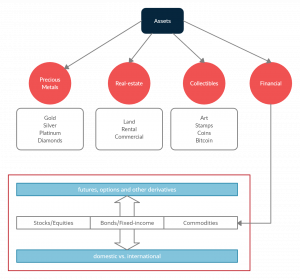
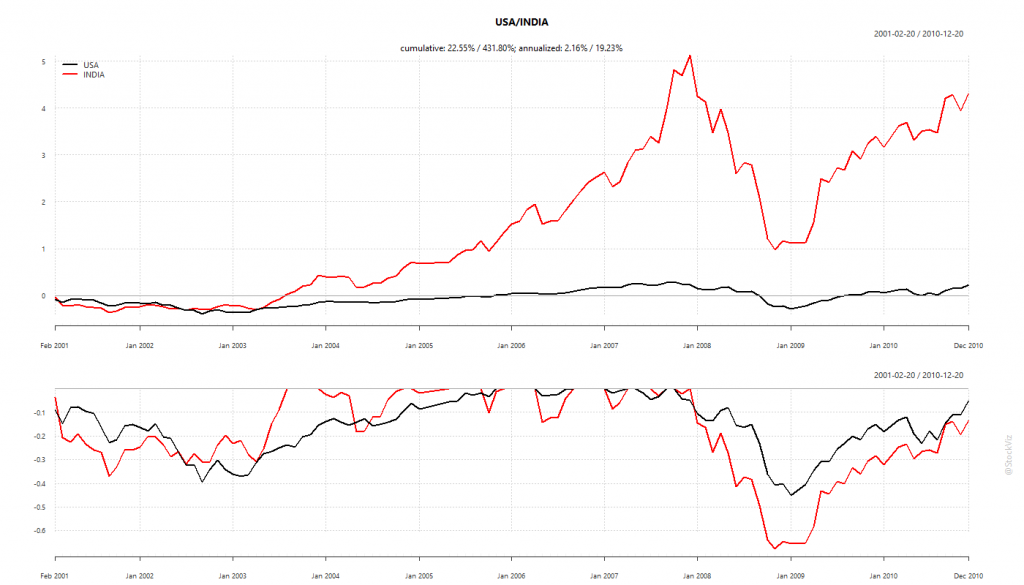
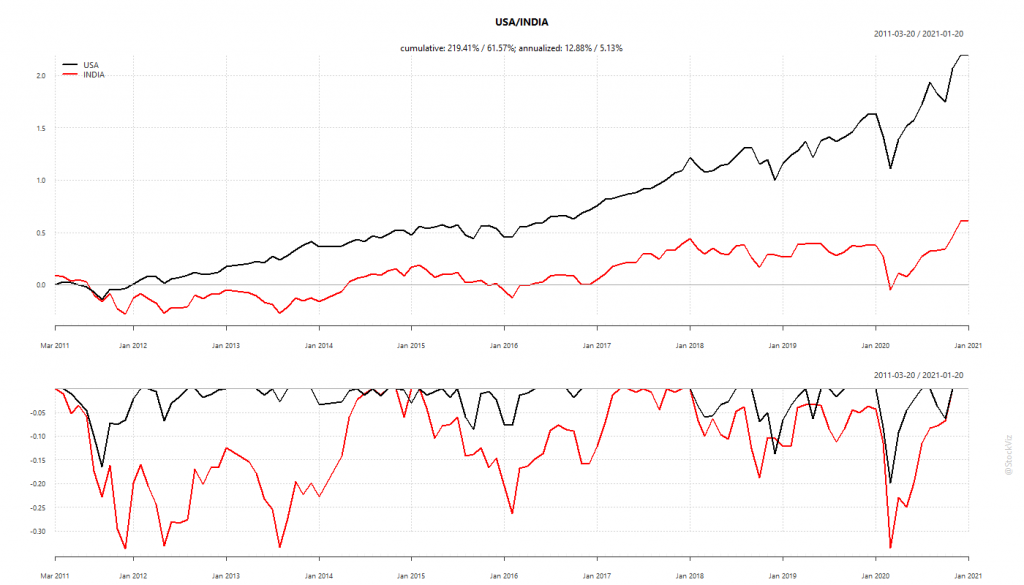


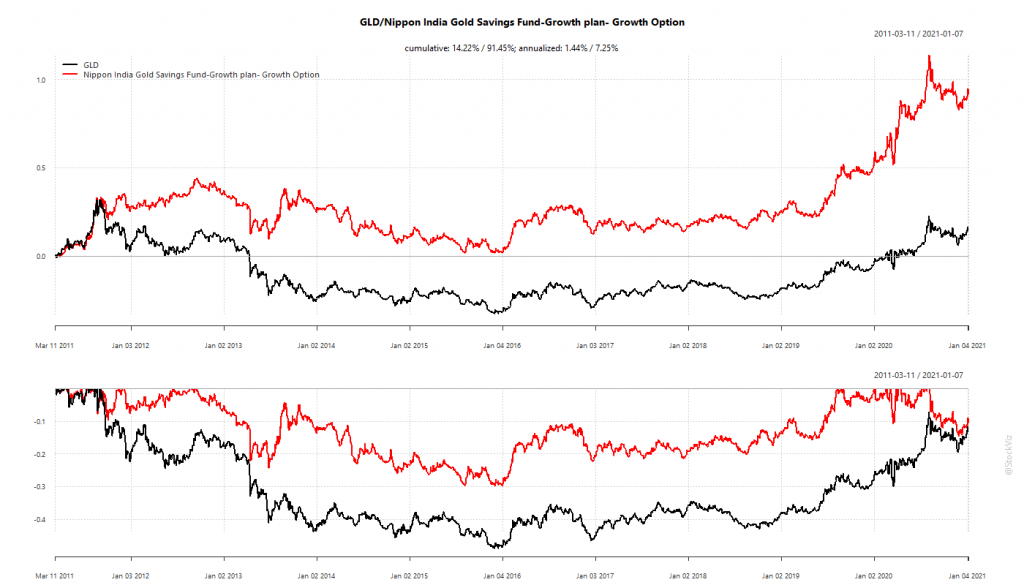
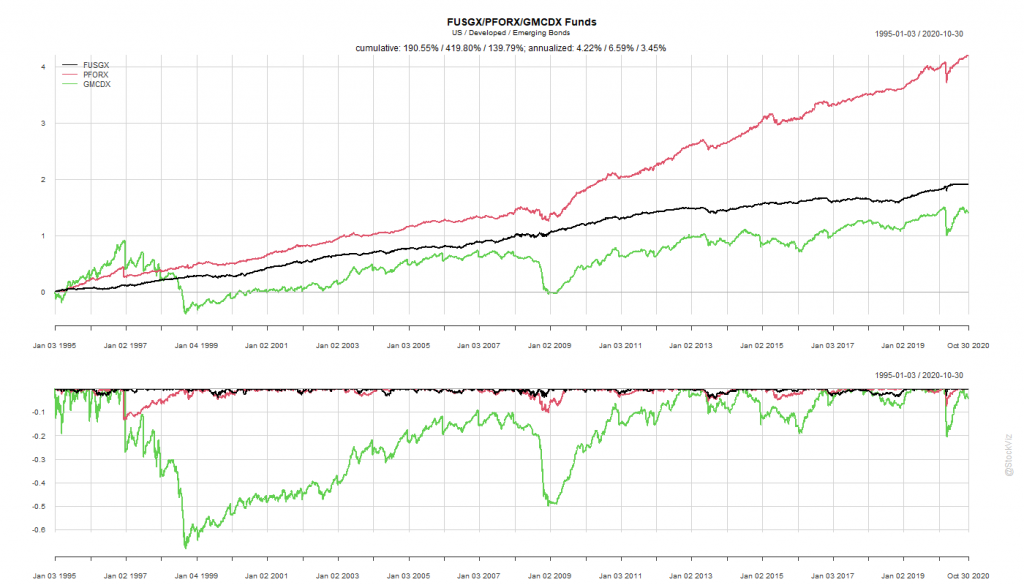
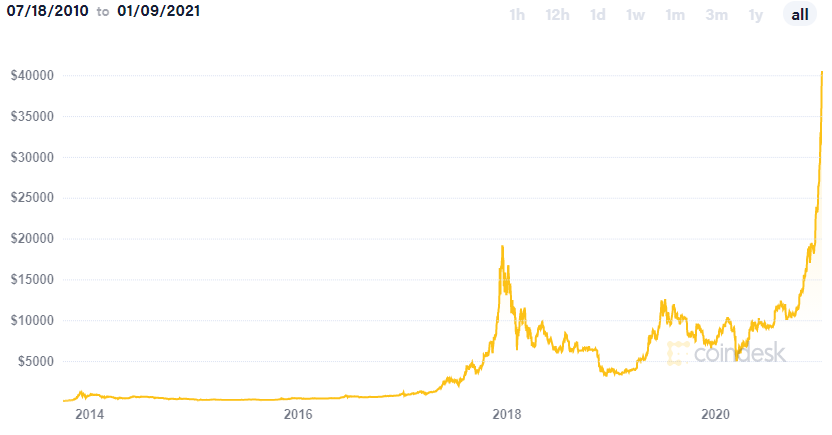
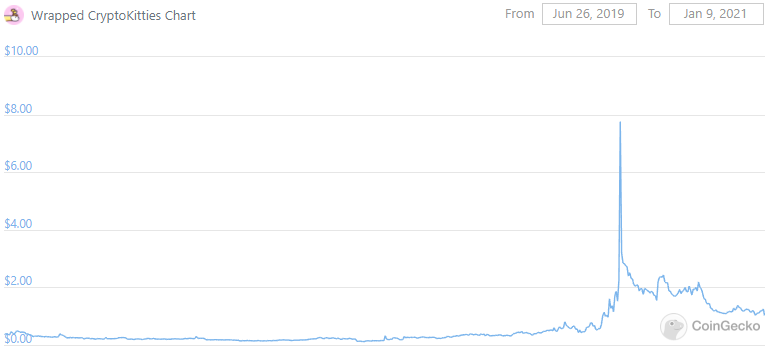
Hame bhi Dement account opan karna h
Could not find Motilal Oswal S&P500 ETF on Kite. Is it available ?
Aditya, there’s no ETF, there’s an S&P 500 index fund, you can invest in it on Coin.
N100 is the ETF you need to search for.
Under the 28.4 Section,
Fixed Income instruments like PPF are not included. Any particular reason why you’re not recommending it?
I think since it gives returns marginally higher than the inflation rate, tax advantage & is risk-free, we can have it as a part of our portfolio.
What are your thoughts?
Yes, you can have PPF but the extent to which you have PPF depends on your overall composition of the portfolio.
How can we download this entire module, no option coming for this module ?
This module is work in progress, no download option yet.